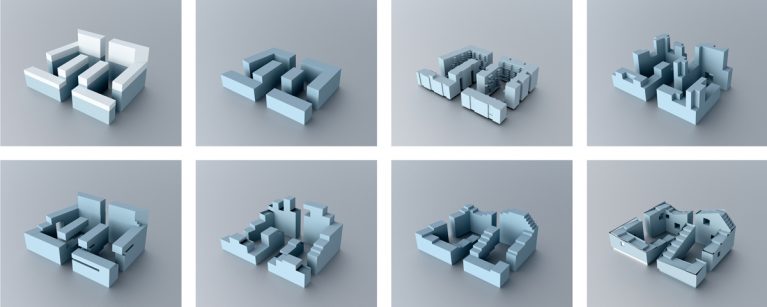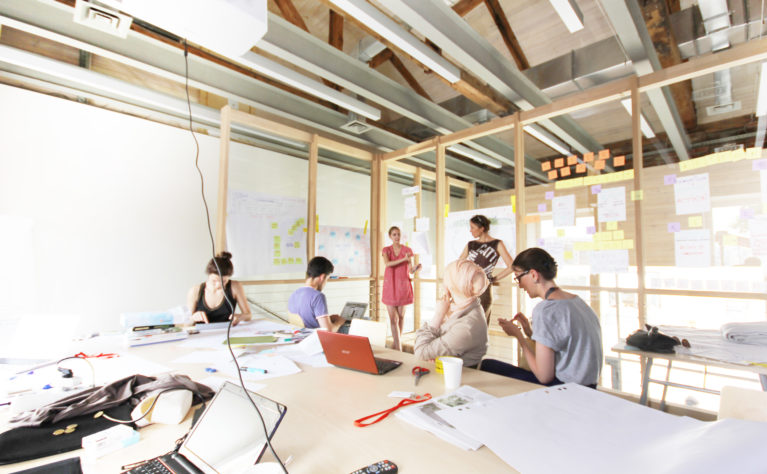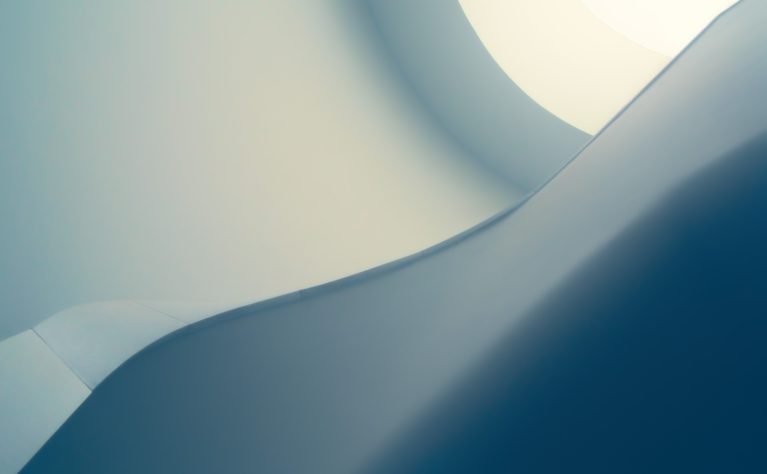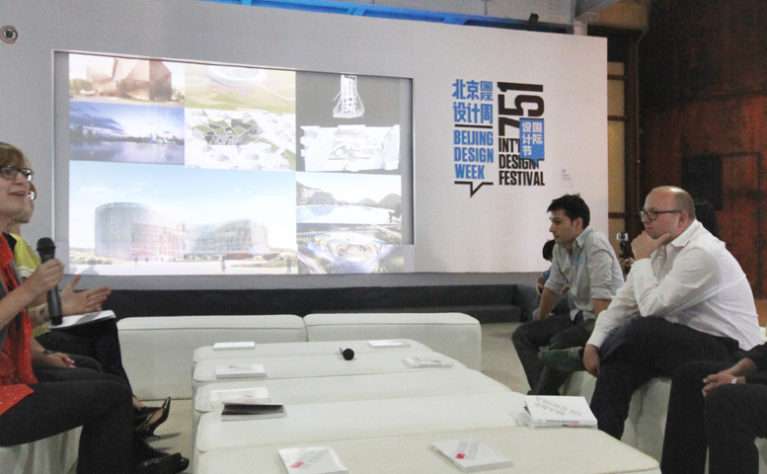
Because of its humanistic and artistic character, there are no consistent procedures in Architecture. If we consider this art and science of designing a discipline for the modification of space we occupy, then the aims of Architecture are to bring together forms and uses that will be, like humans, unstable. We could say that everything is a process in Architecture.
Process as a generative discipline, during the development of the project, the creative field where architects work. Process as structures under construction, when the scheme goes to that phase. And even when the construction is completed, the built form goes through a transformation process when it is occupied. People always customise the environment around them.
The most flexible architecture lasts the longest and has a nuance that can be always reinterpreted.
There are many agents and factors involved from the point of the initial desire of doing something to the point of it becoming real. The part concerning architecture is actually small but fundamental because its role is to act as a germ, develop the instructions and follow up with the implementation. It could be said that architects, rather than producing buildings, only generate useful documentation, seeds from which all potentials for a materialised work sprout from if the conditions are favourable.
Development is strongly influenced by this particularity; it is not possible to progress directly on the piece of work but only through the documentation defining it. Drawings are no more than useful abstractions to help the imagination. They are scaled representations with no emotional character of habitable space that allows certain technical control of the building process. Images and physical models are visual means of persuasion, they just help to show the potential of the project, but they are not close to reality.
Focusing on the creative phase of the process, the conception of an architectural project is not just a search for an aesthetic form, but also an act of prediction of human behaviour. Architects work in the future, imagining a non-yet-existing reality. Their work starts with a commission given by a client with a particular need, a dream or illusion.
Architects predict, as seers, movements, needs, growths and emotions at social and individual level. They frame, organise and enclose them with Architecture. This is why contrary to other artworks and as Adolf Loos said, architecture must satisfy everyone, because we all are users of a space when we occupy it.
The approach to a problem usually has a variable level of complexity, not only depending on the type of space to be designed and what it is going to be used for, but also on the expected lifetime and its capacity to be adapted to the context, renewed and transformed.
Getting into the factors compromising the project is a learning experience from which later on find a concept. Even so, the solution to these factors will always be approximate and it will always be interpreted in different ways.
The creative process has an important emotional component. In fact, the act of design (meaning a trial and error method) is, contrary to the scientific method, improvised. A technique that can be learned but cannot be taught, it must be acquired with experience and described with great difficulty.
Hence, the site is visited, the intervention is framed, needs are analysed, classified, distributed and categorised, the context is considered, a geometry is found, the technical solutions are investigated, things are presupposed and falsified, pieces are joined, rejoined, reclassified, distorted, stretched, rotated and overlapped, figures adjusted, parameters calculated, ordinary is sacrificed, guidelines are considered, what was separated is combined, things are checked, from the general to the detail, rules are followed and broken and everything can be restarted again from the beginning, the middle or the end. A balance has been found. The formula is solved.
The generative process, therefore cannot be understood as something linear, but as a group of ideas and subsequent versions competing, as Bjarke Ingles states, in a sort of natural selection to become the final option. The generation of a final idea requires a big amount of secondary ideas. Each version will arise as result of copying, adapting or combining previous options. What is left can be recycled and used as feedback for another process, always in search of the new, the unknown combination.
Architectural work, as other artwork, cannot be understood as result of one single author. Even during the design phase, disciplines intercross, the experiences are shared and the result is always a mixed composition of different influences. Architects are able to offer an overall view, lead the team and define certain criteria for taking decisions and foster the selective process.
The social character of Architecture goes beyond product to process. Spaces are created for and by teams. Architecture gives a humanistic vision complemented and enriched by other disciplines.
Creativity needs knowledge and therefore communication, both growing factors in our society, where cultural exchange increases. Artistic movements becoming closer and ideas being exported lead to a global scenario where the local context losses value.
We could say that nowadays the planned transformation of the space is based on a scheme developed by different agents and which potential for becoming a built work has a temporal space limit, it is valid under only specifically given premises. Contrary to industrial design, where mass-production is possible, architectural works, even if they could be understood as a consumer product, cannot be industrialised. Means and materials can be the result of an industrial process, but architectural works belong to a place. Architecture is specifically designed for a location and its physical characteristics can be only experienced in situ. The significance of an architectural work can have a considerable effect on the society, but the real influence of a building, in terms of space, does not go much further than its own boundary.
The process, being technically precise, has no method and it is creatively unpredictable. It can be rationalised and be combined with other ideas, but it will create a more valuable architecture when being influenced by its context. It is capricious and emotional, generative and manipulative; it is, after all, a natural process, a reflection of the human being and its need for communicating ideas of symbolic character.
Article included in the publication ‘Process‘, by Damdi Editors.




